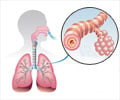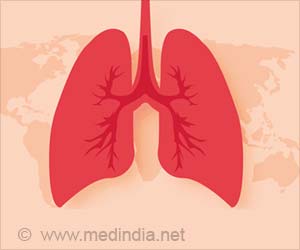
"The wealth of pulmonary pathologies encountered in the Middle East probably surpasses all other regions of the world," explains lead author Dr. Atul Mehta, Chief Medical Officer at Sheikh Khalifa Medical City in Abu Dhabi, United Arab Emirates. "Our paper highlights the diverse conditions specific to this region that contribute to the variety of respiratory illnesses found among individuals living in Middle Eastern countries." Major categories covered in the review include environmental factors, infections, genetic-idiopathic diseases, sleep disorders, lung malignancies, pleural diseases, and miscellaneous respiratory conditions.
For example, the vast desert area of the Middle East experience extreme temperature changes which can exacerbate chronic lung diseases such as asthma. The frequent wars in the Middle East have included chemical ammunitions that can cause immediate lung damage and have potential long-term effects, ranging from bronchiolitis to "desert-storm pneumonitis." Additionally, water-pipe smoking, which is unique to the Gulf region and on the rise, particularly in women and children, has been linked to pulmonary disease, coronary heart disease, and pregnancy-related complication in preliminary studies.
The authors suggest the broad array of lung disorders can be attributed to the large immigrant population and unique cultural and environmental conditions in the region. "An integrated approach that involves public health, primary care, and pulmonary specialists is required to ensure effective management of the various lung diseases in the Persian Gulf," concluded Dr. Mehta. "Consideration of the unique cultural and environmental factors will aid clinicians and public health officials in combating these health issues and ensuring compliance to medical care to improve patient outcomes."
Source-Eurekalert












